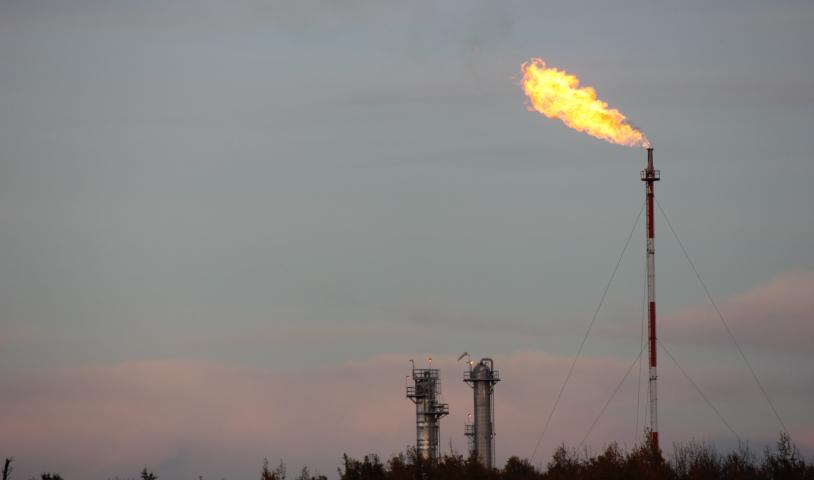Mount Polley mine resumes effluent discharge into Quesnel Lake
Thursday, April 28, 2016
Effluent from the Mount Polley mine is again flowing into Quesnel Lake in South-Central British Columbia nearly two years after a catastrophic tailings pond breach caused one of the worst mining accidents in Canadian history.
In a recent decision, the B.C. government authorized Mount Polley Mining Corp. to bypass a water-treatment plant and temporarily discharge waste water directly into the lake.
Both the parent company, Imperial Metals Corp., and the provincial Ministry of Environment say the release of the effluent won’t cause any harm to the environment.
But local residents are not so sure, saying they fear more damage is being done to the lake, which still hasn’t recovered from the Aug. 4, 2014, accident that released 25 million cubic metres of water and tailings sediment when a dam broke.
“We do not want this [bypass] discharge into Quesnel Lake. It’s horrible. It’s terrible,” said Kim Goforth, who lives on Mitchell Bay, near where the flood of effluent from the Mount Polley accident entered Quesnel Lake.
“I’m trying not to be too dramatic about this, but it’s very concerning,” he said of the government authorization, which allows the mine to bypass a $2-million water-treatment plant that was built to handle effluent after the accident.
A March 11 letter from the government to Mount Polley says the mine can “discharge treated and untreated mine site runoff and seepage collection systems effluent to Hazeltine Creek and Quesnel Lake” until July 31.
The letter says the bypass is needed because the water-treatment plant is “underperforming” and because spring runoff threatens to fill to capacity Springer Pit, a water-storage site being used while the damaged tailings pond is under repair.
Mr. Goforth said the lake turned “murky green” after the 2014 accident, but slowly cleared when the sediment from the tailings pond settled to the lake bottom.
“Even given the fact there are millions of tons of discharge at the bottom of the lake I believe [Quesnel Lake] will heal itself, but not if we continue to discharge crap into it,” he said.
“We knew this was going to happen when they put that water treatment plant in … there was no way it was going to clean the water or handle the volume of water they have,” said Christine McLean, who has a summer home on the lake.
“We just want the lake to be clean again,” she said.
Chief Anne Louie of the Williams Lake Band, which borders the mine site, said the mine is working hard to deal with water-treatment issues but she remains worried about sediments on the bottom of the lake.
“We need to know the toxicity level. … We want to see everything tested before we say ‘Yeah, you can continue on,’” she said.
In an e-mail, Steve Robertson, a spokesman for Imperial Metals, said the temporary bypass won’t damage the environment.
“The water released to the environment is monitored to ensure that it meets or exceeds all permit parameters which ensure the release is protective of the receiving environment. In other words, the suspended solids and metals content is very low,” he stated.
“The bypass is required to deal with freshet [spring thaw] flows and a bottleneck at the water treatment plant,” David Karn, a spokesman for the B.C. Ministry of Environment, said in an e-mail. “The permitted discharge was developed to ensure that [the] B.C. aquatic life and drinking water quality guideline was met.”
However, George Heyman, New Democratic Party environment critic, said local residents have good reason to question the bypass.
“It’s understandable that the residents of the area … would be disturbed,” he said. “The government let those people down once. It’s no wonder they think it might happen again.”
Green Party Leader and MLA Andrew Weaver said it’s troubling the mine’s waste-water management system appears to be under strain again.
“We just went through a big breach, which damaged not only their reputation but the reputation of the mining industry in British Columbia as a whole,” he said. “This is essentially coming right back at it and saying we haven’t learned from our mistakes, so we are seeking permits to discharge more water, which does not instill tons of confidence in the general public.”
Photo: Hazeltine Creek near the Mount Polley Dam (Jeremy Williams)





